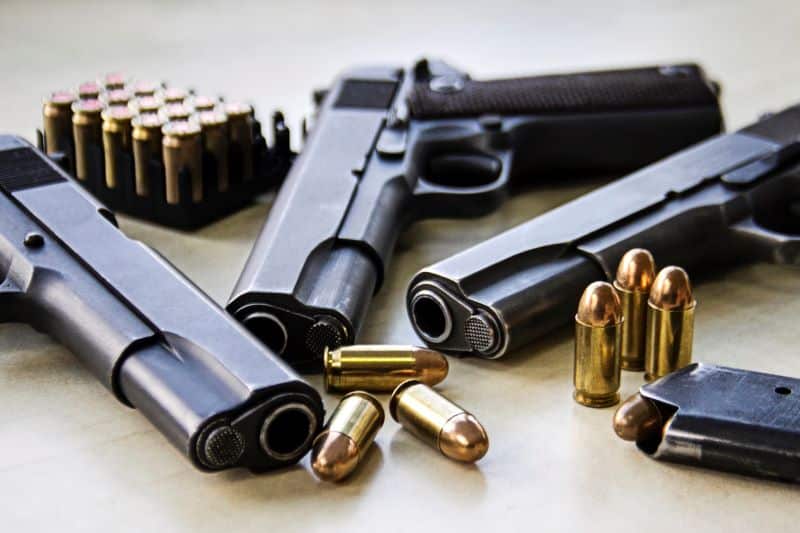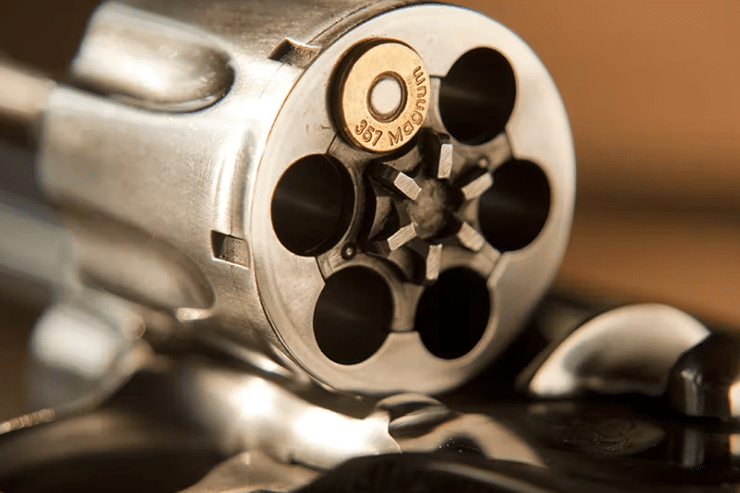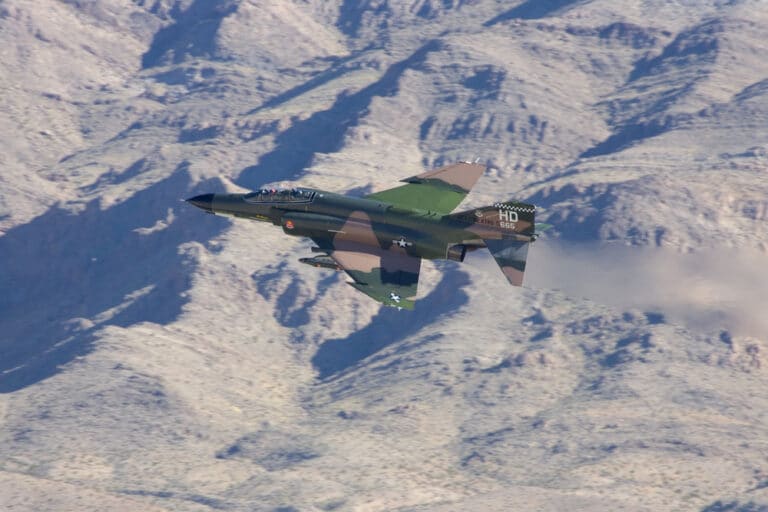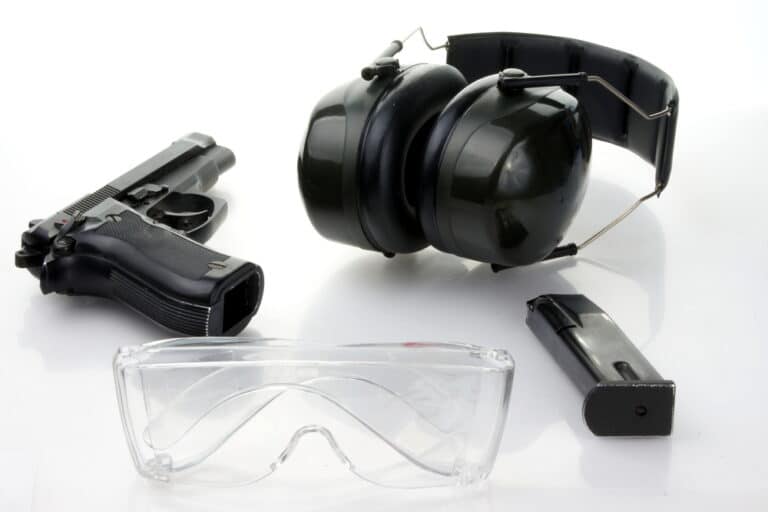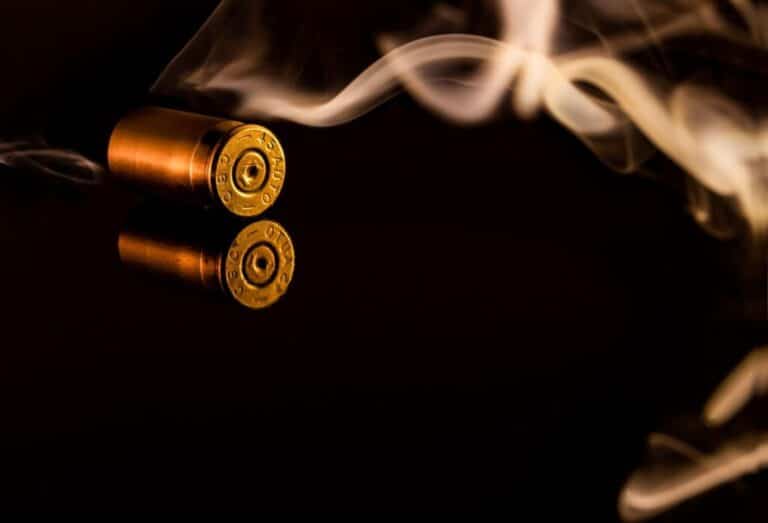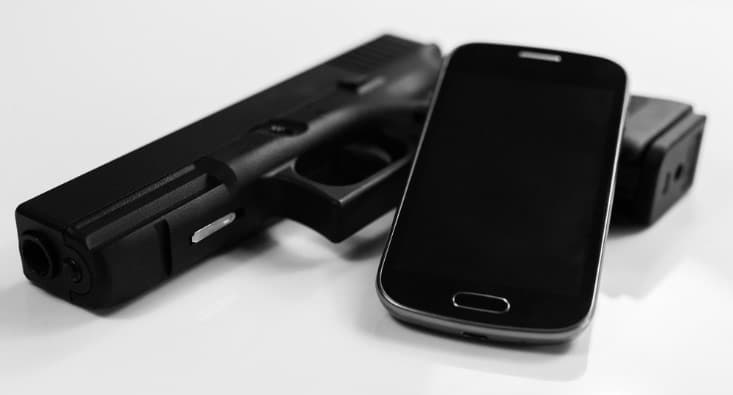What is Grain Weight and How Does It Affect Shooting Performance?
Fun fact: Grains are used to describe the mass of a bullet because all the way back in the early days of firearms, it was an apothecary’s unit of measurement, and a common measure was needed to determine how much lead to use to make cast lead bullets. ‘Grains’ as a unit of measure for weight goes all the way back to ancient times, and represents the weight of a grain of wheat. That’s right: the weight of your bullets is equivalent to ancient grains of wheat. History is cool.
What Is Grain Weight?
A common myth is that ‘grains’ refers to the number of grains of gunpowder or propellant in a cartridge. That is completely incorrect. The grain weight system measures the mass of the projectile. More grains = heavier projectile. This measurement applies to the total weight of the projectile, including the jacket, lead interior, and any penetrator or other filler material, such as the chemicals used in tracer rounds. It does not measure the weight of any of the other parts of the cartridge.
Ammunition for handguns and rifles come in cartridges made up of the following parts:
- Primer
- Propellant
- Casing
- Projectile (this is the only part measured by grains)
Shotgun shells are structurally different and require one more part, known as a wad.
The weight of the projectile, or bullet, is measured in grains using the grain symbol gr. When converted using the Imperial system, there are approximately 7,000 grains in one pound. For reference, the weight of a paper clip is about 16 gr.
Selecting the Right Grain Weight for Your Shooting Purposes
So, we know that grains are a measure of mass, and more = heavier, and heavy is good, right? Yes, heavy is good, but mass of the projectile isn’t the only thing you need to consider when selecting a round for your firearm. In order for a bullet to have it’s intended effect, it must hit the target. This means that a round needs consistent accuracy, and for an object moving at 900 – 3,500 feet per second, that means it needs a way to stabilize itself as it moves through the air.
Barrel Twist Rate
Barrel twist is a ratio used to explain how many inches a projectile will travel before completing one full revolution, or spin (360 degree rotation). A barrel with a twist rate of 1:7, which is common in AR-15 barrels, means the projectile will complete one full revolution every 7 inches. This spin is created by grooves cut or hammered into the interior of the barrel, which are referred to as ‘rifling’. Fun fact, this is the origin of the term “Rifle” – ex. A rifled musket vs. smoothbore musket.
The effect this spin has on projectiles is a stabilizing one – the bullet rotating keeps the nose pointed straight, in the same way that a perfectly spiraled football throw is going to be much more stable and accurate in flight than an ugly duck, end over end throw. At the speeds a bullet is traveling – nearly 3,000 feet per second for a .223 round out of an 18” barrel – a bullet which starts to flip end-over-end like the poorly thrown football above will immediately go off-course.
How does this relate to grain weight? Imagine you’re on one of those playground carousels, the ones with bars you hold on to while it spins. Or a carnival ride where you’re strapped to a board, facing inwards, which rotates really fast. When it’s spinning slowly, you don’t feel much, and it’s easy to hang on. The faster it rotates, the more centrifugal force is exerted, and the harder it is to hang on. Or in the case of the carnival ride, you start to feel heavier. The more mass you have (weight), the more you will feel this effect.
The same effect happens with bullets. The heavier the projectile, the more effect a faster spin will have on it. This is why you tend to see slower twist rates for heavier, slower projectiles, and faster twist rates for lighter, higher velocity projectiles. Too much spin – or not enough – will destabilize a round instead of stabilizing it. But there’s another factor that we have to consider when choosing a grain weight for our ammunition.
Bullet Velocity
As hinted at above, bullet velocity, or the speed of the projectile, is a major factor when determining the best grain weight projectile to use. Velocity is affected by a few major factors, including the type and amount of propellant (gunpowder), barrel length, and bullet weight. Assuming all other factors are the same, a projectile fired with more powder or faster burning powder will go faster, a projectile fired from a shorter barrel will be slower than one fired from a longer barrel, and a heavier bullet will be slower than a lighter bullet.
These factors, combined with twist rate, determine how stable (accurate) a projectile will be, how far it can go, and how fast it will get to it’s destination.
Which Grain Weight Is Best for Shooting?
If you’re like most firearm owners in the United States, you’re probably shooting factory ammunition out of factory-spec firearms. As factory ammo is very standardized, there are proven grain weight cartridges for the most popular calibers:
1.) 9mm Luger/Parabellum
Don’t be confused by the cartridge designation (Luger, Parabellum, 9x19mm). It’s literally the same cartridge. The most common grain weight rounds for 9x19mm cartridges are 115gr and 124gr. These are typically lead core, fully jacketed (FMJ) rounds. Both of these grain weight cartridges will perform well in factory 9mm handguns, to normal pistol distances (up to 50 yards). 115 grain rounds are the most common (and therefore least expensive). For range and training ammo, you’d be hard pressed to find a better combination of price and performance.
For defensive rounds, things can get a little weird. Some ammunition manufacturers have created lower-grain weight rounds, which have a much higher velocity. Others went in the opposite direction, creating much higher grain weight rounds. We’ve seen a range of bullet weights from 90gr to 165gr. For our money, 124gr or 147gr hollowpoints are the best, due to their proven track record.
Experience a full auto 9mm MP5 at our machine gun range in Las Vegas
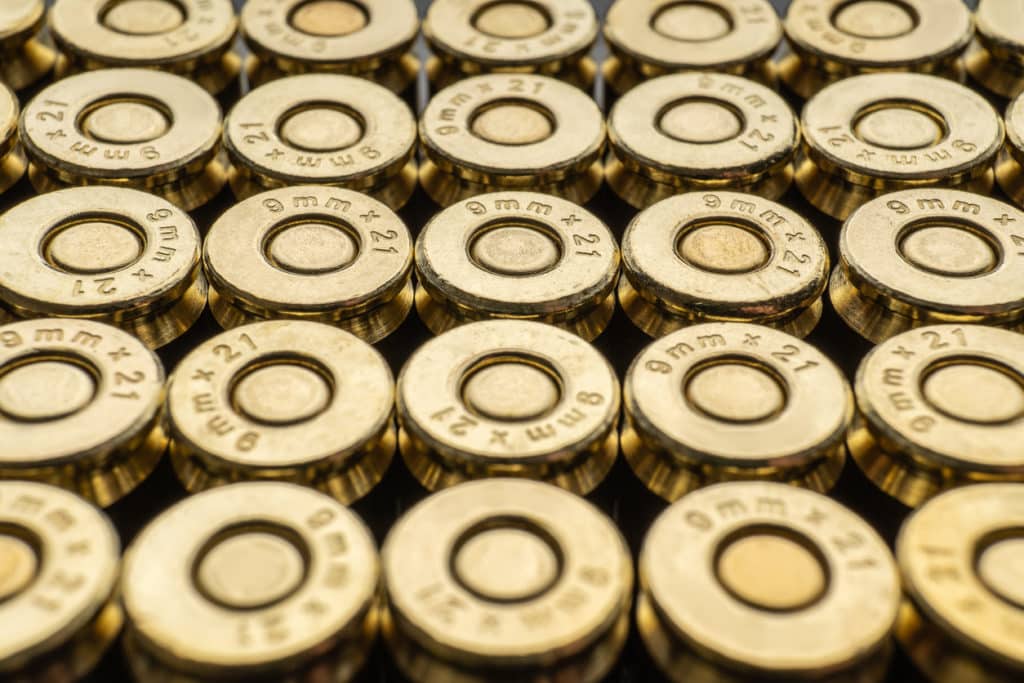
2.) .40 S&W
The most common grain weights for .40 S&W cartridges are 165gr and 180gr. There are FMJ as well as defensive rounds available in both weights. Price is generally comparable between grain weight bullets in this caliber. The higher grain weights are better for range & training ammo, as they’re generally lower velocity, which means a little less felt recoil. For defensive purposes, the slightly lighter, higher velocity 155-165gr rounds are going to pack the best punch.
3.) .45 ACP
Two World Wars! This legendary caliber has what is likely the lowest range of available grain weights, as it was designed in the early 1900’s, and there are some pretty hard limitations on the chamber pressure the cartridge can produce. The most common weight, and the one we recommend for range & training ammunition, is 230gr. For defensive ammo, like with the .40 S&W, we recommend the lighter (and therefore higher velocity) 185gr rounds.
Experience history with the iconic Thompson ‘Tommy Gun’ SMG or re-live your Counterstrike days with the H&K Mk23 at The Range 702 in Las Vegas
4.) 5.56mm NATO
Adopted as the primary rifle cartridge in the majority of NATO countries over the last 50 years, 5.56mm NATO is extremely common, and firearms chambered in this caliber can also use .223 Remington ammunition. The hands down most common grain weight is 55gr FMJ, and this particular weight is the jack-of-all-trades cartridge for this caliber, and the one we recommend for the majority of uses. The next most common grain weight is 62gr, which stems from the US Military needing a round that could perform better against light cover, such as foliage, vehicles and the like. 62gr rounds typically contain a steel penetrator, at the expense of some accuracy. Finally, there are 75gr & 77gr rounds, which are typically used for long-range marksmanship. These heavier projectiles are more stable at longer distances than the more common 55gr or 62gr rounds.
M249 SAW light machine gun and full auto 5.56mm SCAR-L experiences available at The Range 702 in Las Vegas
5.) .300 AAC BLACKOUT
The newest caliber on this list, .300BLK / .300 AAC Blackout (like the 9mm, both these names refer to the same cartridge) was introduced in 2011. It uses the same casing as .223 Remington or 5.56mm, but a much larger bullet. The two main weights for this caliber are 150gr for supersonic loads and 200gr+ for subsonic loads. Keep in mind the twist rate for your barrel when selecting a .300BLK cartridge. Some shorter barrels use a very fast twist rate (1:5), which can lead to issues such as jacket separation and destabilization with heavier high velocity rounds.
6.) 7.62x51mm NATO
7.62x51mm NATO and .308 Winchester are generally interchangeable, though .308 cartridges are loaded to a higher pressure and you shouldn’t shoot them in older firearms which are chambered in 7.62x51mm. The standard FMJ cartridge is loaded with a 147gr-150gr bullet, with the most popular precision ammunition being the 168gr Sierra Match King bullet.
Hit a bullseye when you’re visiting Las Vegas with our AR-10 Sniper Rifle experience.
7.) 7.62x39mm
The classic Soviet cartridge, designed for the iconic SKS and AK-47. Previously a very inexpensive caliber to shoot, since the war in Ukraine began imports of this caliber to the U.S. have dried up and they’re now as, or even more expensive than 5.56mm. For this caliber, there are very few (if any) manufacturers that stray from the 123gr-124gr bullet weights.
Shoot an RPD machine gun and the iconic AK-47 full auto at The Range 702 in Las Vegas!
View this post on Instagram
Visit The Range 702 in Las Vegas
Choosing adequate grain weight is essential to your real-life shooting experiences. Getting used to various ammunition weights will also help you improve the handling of your firearm.
If you’re interested in getting a personal feel of what these various ammunitions feel like, or need gun range therapy, check out our shooting experiences and gun vault! Get expert advice from our instructors and sign up for one of our many classes to help you learn how to handle your gun better.

